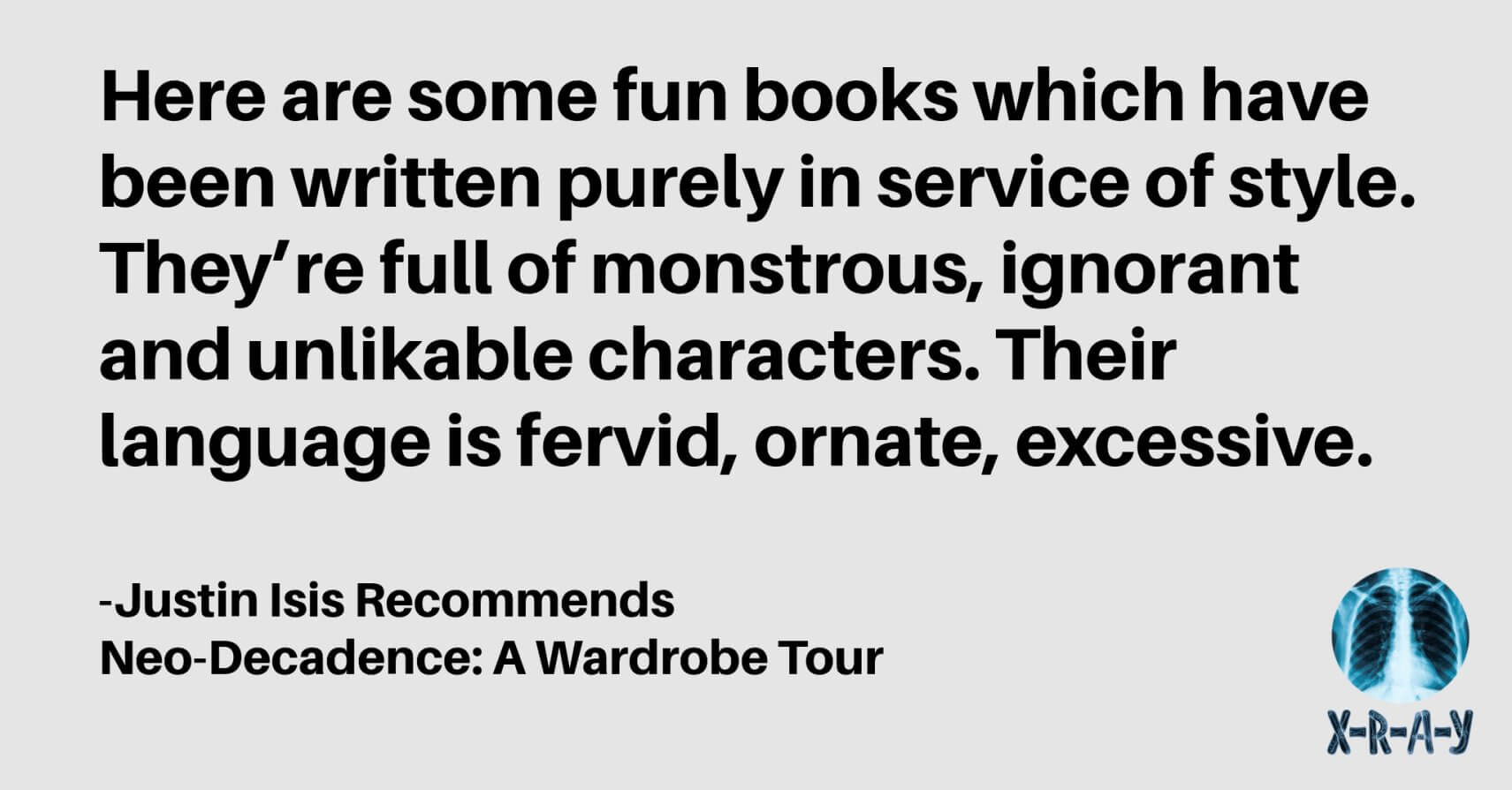Relax, for the moment.
Your enduring boredom with contemporary art, writing and poetry results not from the sirenic tug of allegedly competing media, but from the soporific stupidity/sincerity to which most artists, writers and poets have willingly reduced themselves.
Is there a solution?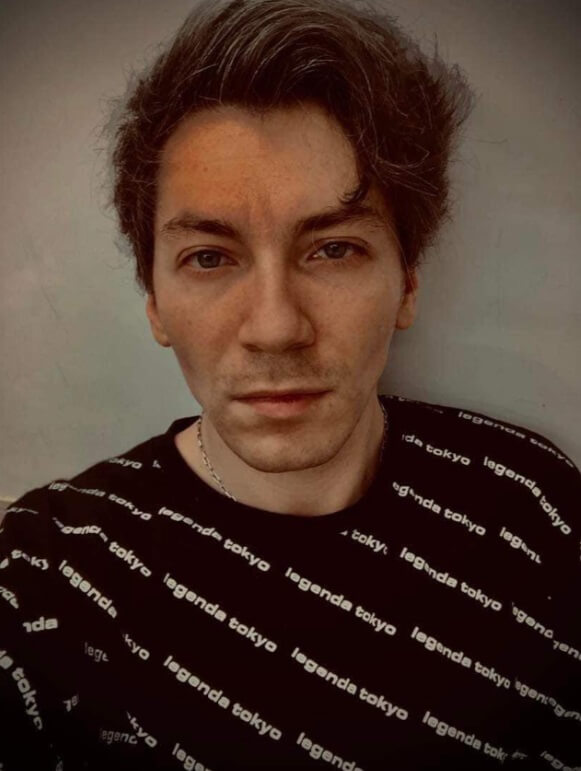 One often wishes to fall at the foot of AI and implore: “PLEASE, dear statistical large language model, with saintly expeditiousness, render these arriviste mediocrities obsolete, financially and culturally! We’re sick of hearing their ‘raw’ and ‘authentic’ thoughts as they froth themselves into a lather of cliché over representation, compassion, empathy and all other vanities worshiped by fundamentally uncreative and constipated types. Can’t you, the fairy of technology, simply exile them to abject poverty, to the extent that they will either lapse into total silence, or do something useful—such as manual labor?”
One often wishes to fall at the foot of AI and implore: “PLEASE, dear statistical large language model, with saintly expeditiousness, render these arriviste mediocrities obsolete, financially and culturally! We’re sick of hearing their ‘raw’ and ‘authentic’ thoughts as they froth themselves into a lather of cliché over representation, compassion, empathy and all other vanities worshiped by fundamentally uncreative and constipated types. Can’t you, the fairy of technology, simply exile them to abject poverty, to the extent that they will either lapse into total silence, or do something useful—such as manual labor?”
A cesspit of craftsmanship. A memoir and autofiction culture. A “reality hunger” (pure fraudulence). An inverted Christianity of the stylistic spleen.
And the flipside?
The dismal mallcore playpen of “transgressive” adults who are really nothing more than overgrown teenagers. A predictable fondness for film and music—of the unwatchable, unlistenable kind. And MINIMALISM, the first retreat of the inept. Tossing around buckets of fake filth. What to make of these antiquated children? It feels, at best, unhygienic. The scab-picking of the small presses. The remedial grammar.
One sometimes observes the “transgressive academic,” a sort of mongrel hybrid who believes that Deleuzianal jargon combined with tenure combined with a subscription to Weird Tales must result in something like an avant-garde. Instead they are about as threatening as a diabetic lapdog. When reading their prose, one is reminded of an enervated chihuahua forcing itself upon a particularly degenerate pug to sire something which cannot really move, cannot really breathe, and cannot really perceive anything around it. It simply sits there, stultified by its own self-reference. Is this excess? Of a kind, but one quickly wearing out its welcome. The tortuous trained tricks of academic pets merely make you feel sorry for them…when you remember in whose lap they are sitting.
And their complete extirpation would inspire the same sense of satisfaction one feels when removing an isolated bloom of mold which has formed on the underside of a toilet seat. The pristine surface SHOULD be restored, shouldn’t it? Can’t technology help us destroy the livelihood of all professional artists and writers?
The technology, unfortunately, is not that sophisticated yet. So, regrettably, we must take up the burden ourselves.
After all, perhaps things simply haven’t gotten bad ENOUGH. Why not push the tendency further and see what the creatures will do next?
There probably can’t be a truly appealing Post-Naturalism, a truly modern art, until Neo-Decadence, that sybaritic-saprophytic decomposer on the dead log of culture, has finished its work. We hope that it concludes within the next few decades, but who knows? The Future-Passéists are there at the end of the century, waiting to enact their moral panics, their redemption arcs, their transcendence over enjoyment. Monastic life beckons, but try to resist that too. It’s been done.
In the meantime, here are some fun books which have been written purely in service of style. They’re full of monstrous, ignorant and unlikable characters. Their language is fervid, ornate, excessive. Often they are unironically mystical. They effortlessly skate past the tired binary of “real, blue collar, ‘authentic,’” and “referential, academic, ‘maximalist’” that holds back most writing from America and other less artistically-developed pseudo-countries.
You may find your “empathy” decreasing as you read. You may find yourself growing tired of the gang warfare primates known as human beings and wishing for a decisive nuclear conflict to scour the Earth of the species that created UNIQLO and Amazon Prime. You won’t, however, be bored.
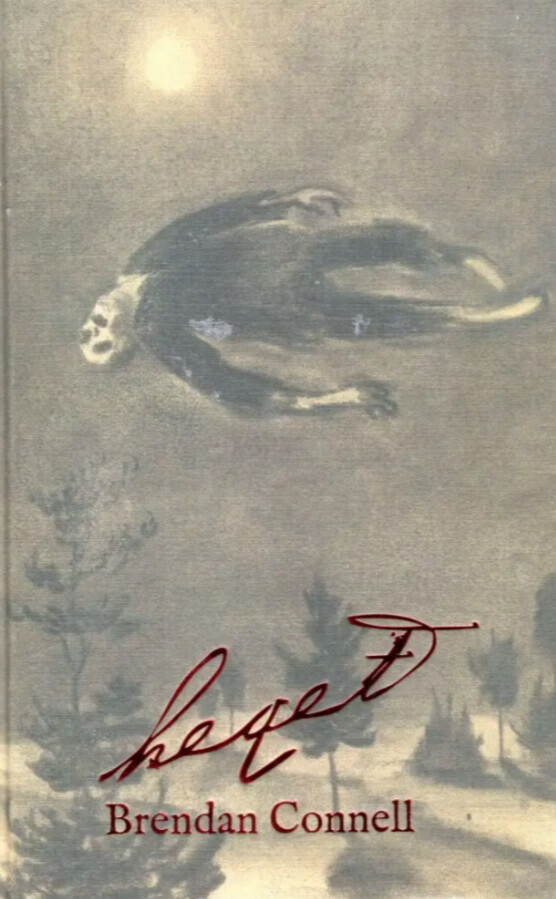
Since declaring Neo-Decadence in 2005, Brendan Connell has done his best to present it in its most concentrated form. Works like Miss Homicide Plays the Flute (Eibonvale Press, 2013) and The Metapheromenoi (Snuggly Books, 2020) push into genuinely avant-garde prose territory while uniting classical Decadent themes of ennui and social decline with modern settings and recent, recognizably grotesque characters. Heqet (Egaeus Press, 2022) stands as the purest distillation yet of this aesthetic. Protagonist Félix traverses the gutters of Switzerland, his consciousness deliquescing as he willingly offers himself to frauds, dilettantes and ersatz Spiritualists. In this book we see the human animal admirably reduced in physical, mental and spiritual circumstances. At one point, there is a giant dead frog.
I have worn out iron boots wandering the streets after dark, looking for fresh vices, aromatic gums, some place where I might relax on the skins of leopards as I lick at divine dews, my flesh being kneaded by nudities. Where are the festal halls? Where have they imprisoned the dreamers and fanatics? The sacred courts have been erased. All the glories have been mutilated; the vaults pillaged; splendor ransacked; glory corrupted. Giant heads lie in the piazzas; the dead stares of bankers and businessmen pollute the valleys; the heroes have emasculated themselves with logic and degenerated themselves with electrical apparatuses; the horizons have been painted with an ugly brush; the windows of houses and apartments are blind eyes; fatidic fish with vampire mouths lurk in the lakes; extended hands become a quin of vipers that sweat poison.
The book can be read in a few hours, and with its brief, impressionistic chapters, often no longer than a page or two, could plausibly be taken as poetry (without falling into the standard “prose poetry” traps). Reading Heqet feels like tuning into crackly mental illness, individual words throwing off glints that barely illuminate the vast surrounding shadows. The deliriant vibes match the milieu, highlighting the detritus of a rapidly-decaying Europe.
Damian Murphy, a heretical apostate of the G∴D∴ magickal system, has for most of this decade been releasing several books a year of technically rigorous and stylistically-immersive Post-Naturalist fiction. Unlike the majority of those claiming to write occult fiction, Murphy is as serious about his practical occult work as he is about his prose style. If you’ve been wondering where the real Arthur Machen or Aleister Crowley of the present day is, Murphy has completed the same systematic work they did, and applies the resultant visionary faculties to his narratives—which, despite their esoteric concerns, are always executed with an architect’s sense of precision and structural integrity. And unlike the earlier writers, Murphy’s prose is closer to Robbe-Grillet or a more phallically-endowed Fleur Jaeggy: clean, sinuous sentences wresting clear sense from perilous astral explorations, invocations of planetary spirits, and divinations based on everyday forms of trespass and subversion. His stories and novels take the forms of extended descriptions of nonexistent retro video games, psychogeographic assaults on foreign cities, and corporate workplace sabotage in service to theurgic experiments. Murphy offers a truly 21st century take on his subject matter that’s backed up by a wealth of personal experience, placing his work far beyond the pop shallowness of “Occulture,” the banalities of the worthless “horror scene,” etc.
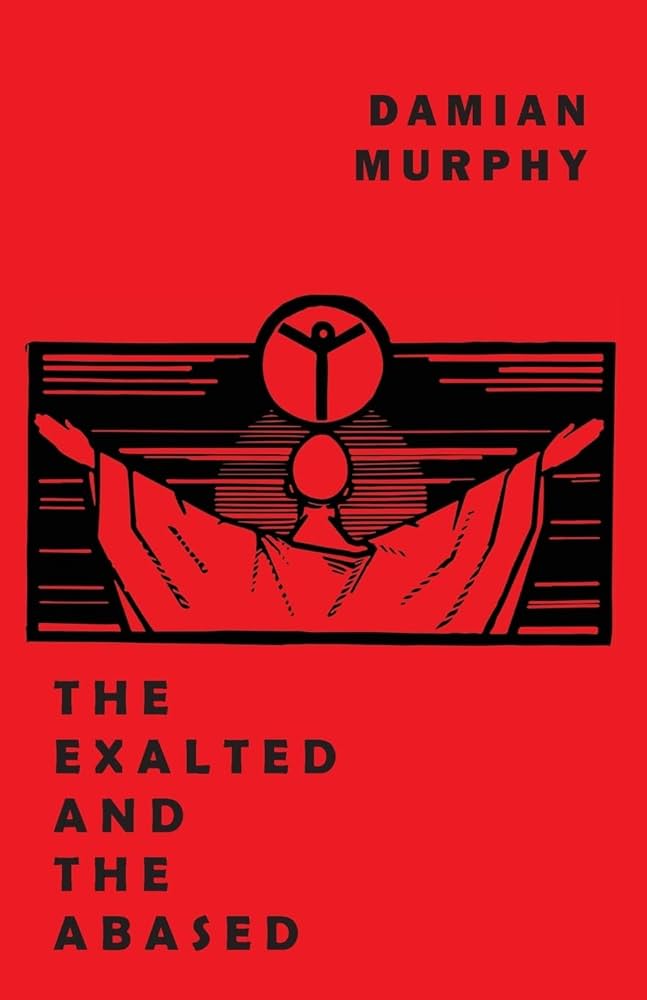
The Exalted and the Abased (Snuggly Books, 2021), his most recent full length collection, is also his most varied and compelling. Stories like “The Ivory Sovereign” and “The Hieromantic Mirror” present microcosms of occult experience that reward multiple close rereadings, while the complex novella-length “A Night of Amethyst” unfolds entirely as a description of gameplay in an occult-themed text adventure from the early 1980s.
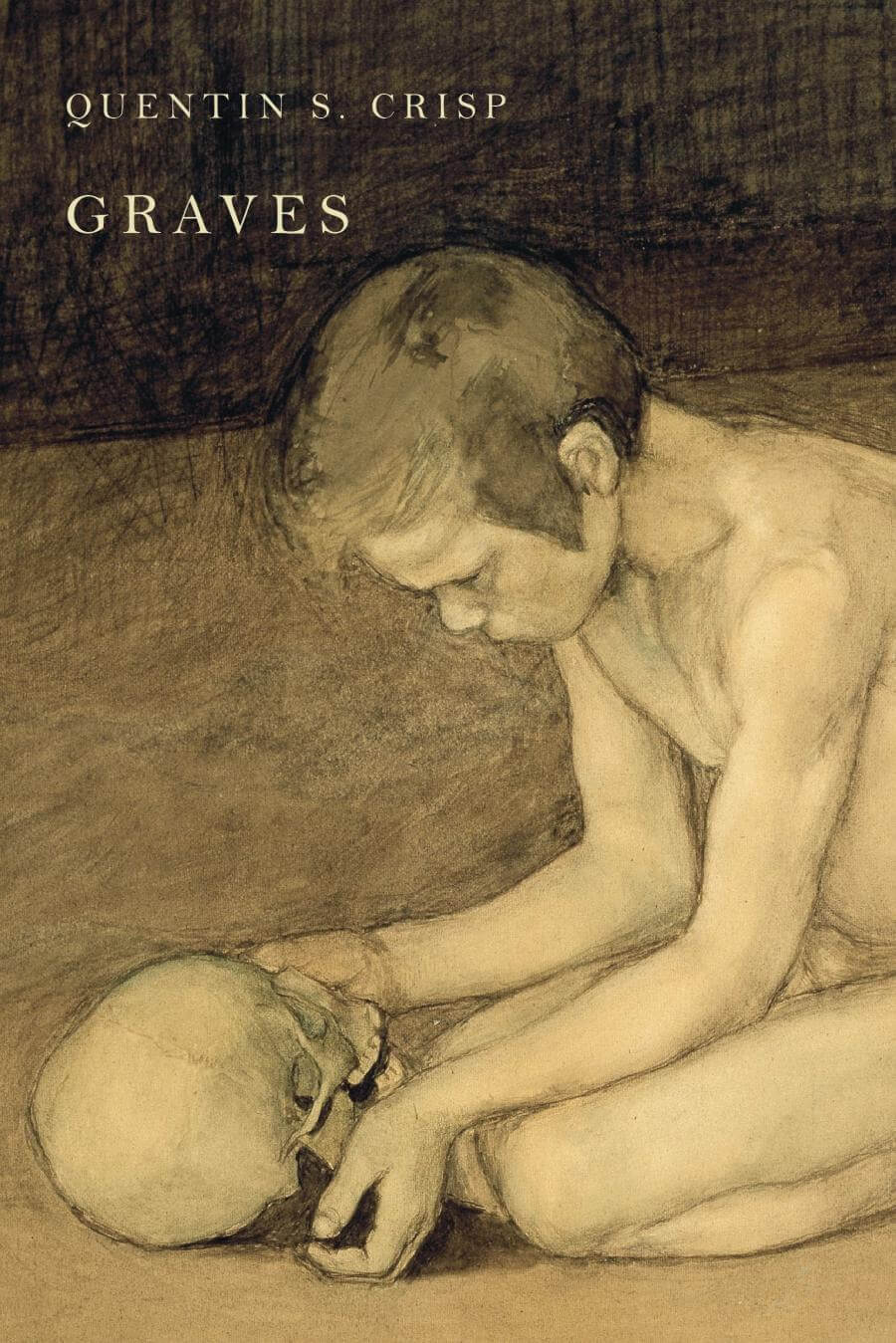
Quentin S. Crisp’s forays into darkly Romantic and morbid, neurasthenic fiction have won him a small but devoted worldwide following of obsessives who seek out his every story, essay and obscure blog post. The luxuriant syntactic tangle of his immediately recognizable prose and his distinctive take on the downbeat abysses of Modernity form a necessary contrast to our stifled era of techno-utopianism and moralistic Scientism. Graves (Snuggly Books, 2018) is on the surface billed as a “gothic novel,” although it breaks nearly every rule one would expect to find upheld, given the tag. Taking place firmly in the present reality of smartphones, therapy speak and advertising hype, it nevertheless portrays a modern necrophile, a true antihero seeking liberation through an elusive superposition of life and death.
He is still young, but already he has followed the skittish beam of an attendant’s electric torch along the grid of pathways between graves one summer night in Zôshigaya, seen the stone angels and broken columns among the mist-exhaling, ivied trees of Highgate, wandered forgetful of all time the citadel-park of winged hourglasses at Père Lachaise where the narrow houses of the dead stand like streets of dovecotes in which nest only shadow and silence, listened to the homely tones of the volunteer guide, explaining with familiarity the distinguishing traits of the stacked skulls of St. Leonard’s ossuary, been witness to the tribute paid by autumn, in fresh reds and yellows, to the spirit of human continuity where the slopes of Kensico are a neat, endless now of monuments and epitaphs, felt warm peace in the scent of pine resin and paraffin as he watched an ant crawl over the marble of a grave in a well-tended site overlooking the Sea of Crete, and already his instincts have been gloriously confirmed by the ten decorated skeletons of the Basilica of Waldsassen, posed and made opulent by Adalbart Eder the goldsmith for whom death was no barrier to speech—the dazzling encrustations of pearls, rubies and other myriad jewels on the bones with which this craftsman communed, impressing Damien as the ultimate efflorescence of decay.
The long fifth chapter, in which the protagonist goes on a nighttime odyssey to exhume a child’s corpse while evading discovery in urban London, has more sustained realistic tension than anything Crisp has written to date, and thoroughly gelds all more self-conscious works of “genre horror” from the untalented and unambitious scene types.
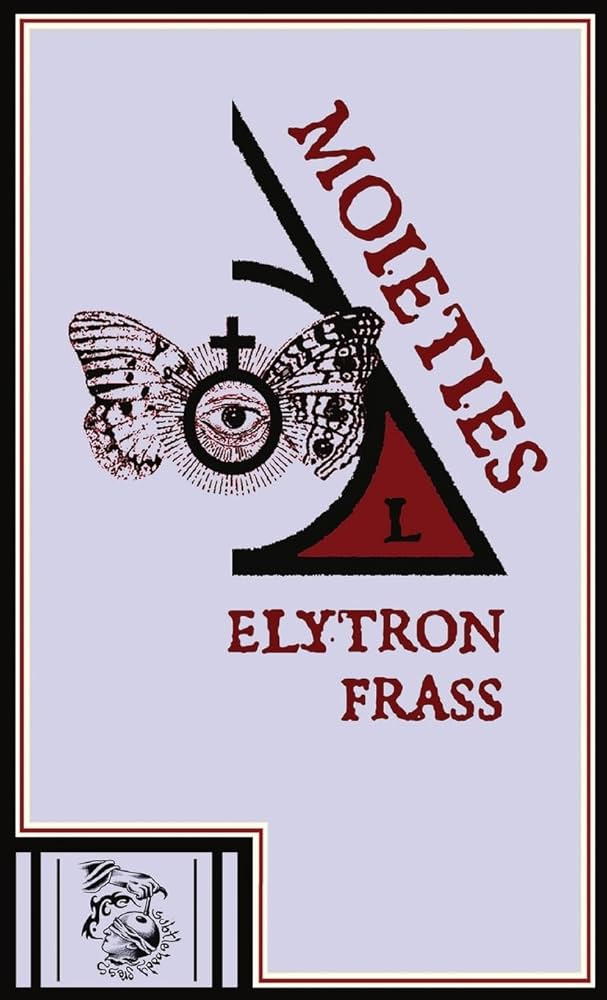
Elytron Frass’s MOIETIES (Subtle Body Press, 2024) combines High Modernist extravagance with intertwined narrative braids of trauma, ritual, and self-exploration. Five separate text threads physically surround and impinge on each other, sustained by two main opposing yet interlinked stories that mirror both the interaction of cerebral hemispheres and the divided dance of a primal couple—sister-brother, wife-husband, savior-destroyer. This ergodic assault of a novel is a Gnostic parable of the “ultimate completeness of incompletion” and a physical marvel of typographic-pictorial provocation. Frass updates classic esoterica with an appropriate level of technical frenzy for our current epoch, and in the process renders most other occult fiction irrelevant.
Shifting to poetry, Golnoosh Nour’s collections Impure Thoughts (Verve Poetry Press, 2022) and Rocksong (Verve Poetry Press, 2021) are a catalog of languorous yet often violent eroticism, truly peacock-plumed constructions of consumptive immodesty and internal fire.
Paul Cunningham’s Fall Garment (Schism Neuronics, 2022) is an elegiac examination of fashion and destruction, compressed with rural post-industrial history: as if a beautiful dress had become entangled with the corpse of a pregnant doe in a trash compactor, creating a sort of stillborn animal nativity jerked into a semblance of life by Cunningham’s extreme stylistic rigor. Industrial wastelands, paleontology and camp humor illuminate this collection. Magdalena Zurawski has described it, accurately, as “hot, wounded and reptilian.”
Colby Smith’s poetry, united with the artwork of Josh Bayer in the recent Fish Turn Colors Then Break in My Hands (Stone Church Press, 2023), is a dissonant and lyrical look at the life of musician Jeffrey Lee Pierce.
Shifting again to graphic novels and visual art, the author of the Neo-Decadent Manifesto of Comix, Aaron Lange, is worth investigating for his ongoing project Peppermint Werewolf (Stone Church Press), which functions as a nonlinear take on advertising hype, alongside classical Decadent references to Huysmans and others; the black and white artwork presents the dissected, laminated beauty of recontextualized fashion ephemera. In zines like Venomous Feathers, artists like Fergus NM, Ila Pop, Callum Leckie and Sailor Stephens advance a corresponding visual aesthetic. Try out Elytron Frass and Charles N.’s collaborative work Vitiators (Expat Press, 2022) too.
Finally, Seth Wang is a writer to watch, who, in stories like “Mirror for Princes (A Perfume Ad)” unites synaesthetic and hyper detailed approaches to consumerist obscurities with a terminally online sensibility and insight into the darker corners of the mind. Seth stands poised to abacinate readers with the incinerating brilliance which is really everyone’s right and due after enduring the sincerity of much uglier, uglier, uglier, uglier and clumsier writers who publicly worry about world events that don’t personally concern them.

